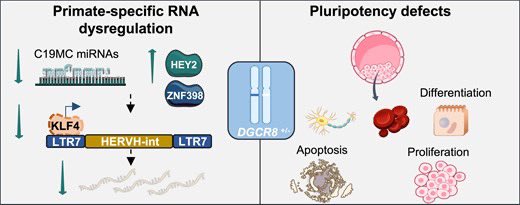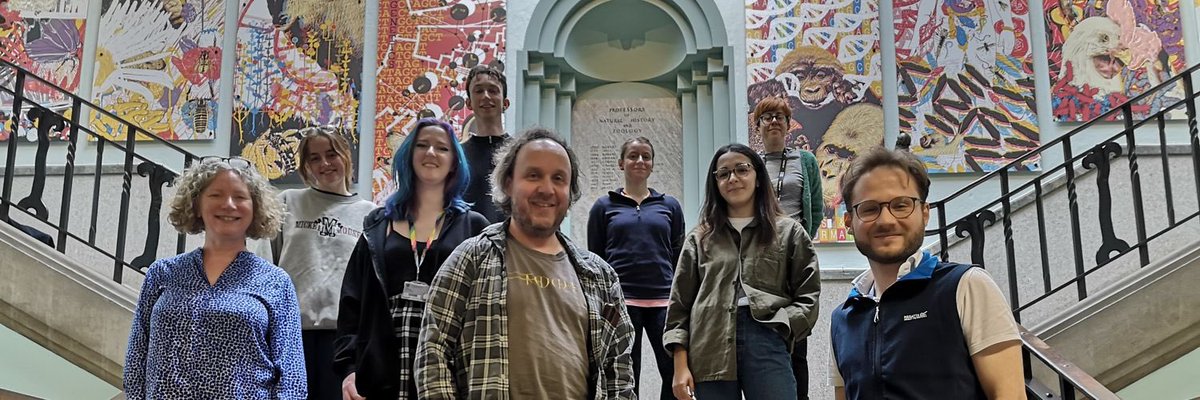
Sara Macias
@saramaciasrna
Antiviral response, non-coding RNAs, retrotransposons & RNA immunity
ID: 1009354611055058945
http://saramaciasribela.wixsite.com/maciaslab 20-06-2018 08:37:46
313 Tweet
734 Followers
397 Following

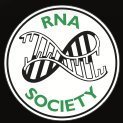

How do tumours evade destruction by the immune system? We are recruiting two postdocs (wet lab/dry lab) to shed light on epigenetic checkpoints of anti-tumour immunity in lung cancers in this collaborative project funded by Cancer Research UK. qmul.ac.uk/jobs/vacancies… qmul.ac.uk/jobs/vacancies…

Great morning session ediRNA community. Many thanks to all speakers for great talks: Kathryn Lilley Alena Shkumatava Andrew Baker Sara Clohisey Hendry Javier F Caceres Amy Buck



🔴 Our new preprint up on bioRxiv Molecular Biology. Our results suggest that heterozygous DGCR8 phenotype is highly primate-specific (ps), affecting to ps-microRNA clusters and human endogenous retrovirus H (HERVH). Sara R Heras Sara Macias biorxiv.org/content/10.110…


Really excited to share our last work in collaboration with Sara Macias: "DGCR8 haploinsufficiency leads to primate-specific RNA dysregulation and pluripotency defects"! biorxiv.org/content/10.110…



New EdiRNA events for the new year! Funded by the The RNA Society. Great opportunity to network with other RNA biologists 🧬 (dsRNA included) from Edinburgh and beyond 🚀 Jan 29, 2025 Apr 9, 2025 Jun 11, 2025 Oct TBD, 2025 edirna.com/meetings
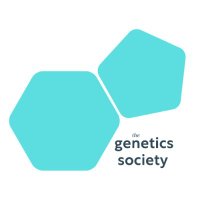
Next up is Sara Macias discussing how DGCR8 acts as a gatekeeper of the interferon response by preventing cytoplasmic TE-dsRNA accumulation #GStransposons


And with that the afternoon of The Genetics Society short talks is done! We've had: 1) KRABs binding L2/MIR elements, which would effect cardiovascular development; 2) DGCR8 prevents the accumulation of TE-made double-stranded RNA; 1/3 🧵



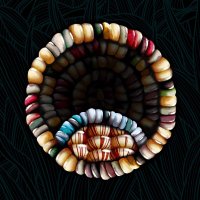



Our latest paper is out in NAR! 🧬 DGCR8 haploinsufficiency disrupts pluripotency in hESCs by affecting primate-specific miRNAs & HERVH. Our findings highlight a co-evolved miRNA-TE network essential for primate development In collaboration with Sara Macias Guillermo Peris 🧬💻

🔴 OUR LAST PAPER OUT in Nucleic Acids Res!!! 🧬 DGCR8 haploinsufficiency in human embryonic stem cells affects pluripotency by disrupting a network of primate-specific transposable elements and microRNAs. (1/2)
